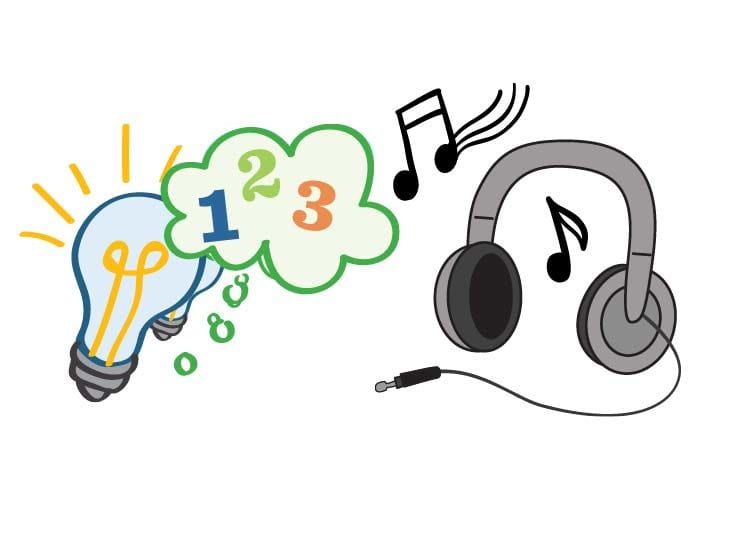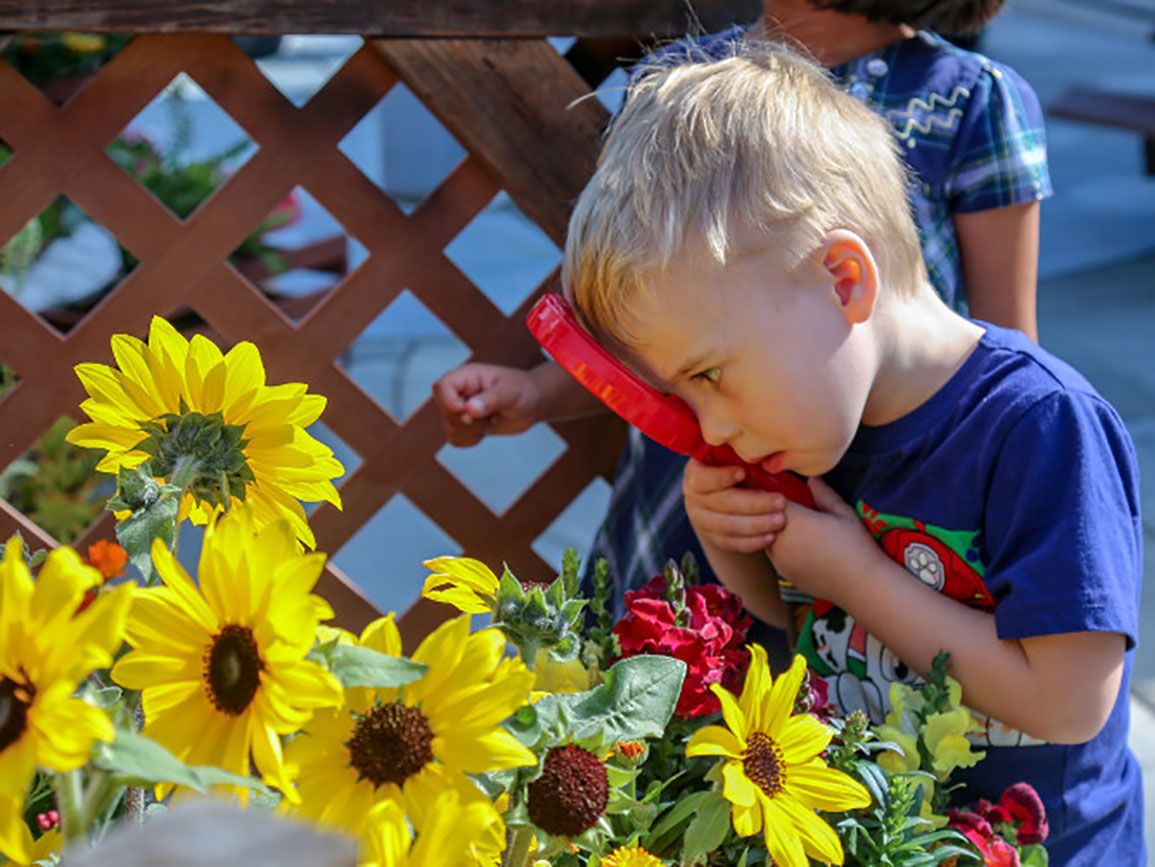Do you wonder how math and literacy learning unfold for young children? The answer might surprise you in its holistic simplicity.
Consider a gardener tending to her garden. The gardener can give it an optimal environment by providing rich soil and adequate sun and water. But imagine what would happen if the gardener tried to speed growth by pulling and prodding on her plant…would the plant grow faster? Certainly not; the plant will grow at its own rate, and pulling would likely injure the plant.
Young children naturally want to learn and they are innately curious. Their learning unfolds organically, in predictable, sequential patterns and is best complemented by loving relationships, hands-on experiences, and respectful curricular choices.
Math for Young Children
Math is the language of the universe and science, full of wonder and beauty. Why would we destroy that for children through dreary worksheets and flash cards? Young children engage in math concepts as they notice patterns and similarities in the natural world, such as differences in faces and repeating patterns in plants and trees. They measure weight, time, and volume through daily activities, and understand basic geometry through block play.Explore math throughout your daily routine by:
- Pointing out math in the natural world.
- Exploring measurement with kitchen math and cooking projects, and by using a ruler or scale on items around the house.
- Letting children help set the table, which teaches one-to-one correspondence and simple addition.
- Matching pairs of socks, counting out snacks, making change, measuring food, and sorting groceries.
- Playing board games that build math skills.
Literacy for Young Children
Children develop language and literacy in the following order: they first hear and understand language; later, they speak it. Children first hear and understand stories and the written word; later, they can read and write it. We cannot alter, reverse, or accelerate the order. However, just as the gardener provided rich soil for her garden, you can create a rich literacy environment for your child. In the nursery, you can talk, sing, and, read with your baby. As he grows, you continue to read lovely, engaging stories, casually pointing out print and allowing your child to turn pages. When your budding reader shows interest, you can teach the sounds the letters make. Eventually, you can show your child how to put those sounds together to make words. Voila — the path to reading. Help your child develop literacy skills by:- Keeping a well-stocked, rotating library of high-quality children’s books accessible to your child.
- Making reading a primary activity, taking care not to allow media use or structured activities to interfere with reading time.
- Singing nursery rhymes and play rhyming games.
- Offering writing materials (pencils, crayons, paper, or envelopes).
- Demonstrating how to write letters and encouraging writing in natural ways, e.g., making a shopping list or writing to a friend.
- Letting them see you reading and writing.
More on Literacy and Math for Kids:
- While summer is a time for a bit more relaxation, it doesn’t mean that learning has to end. Discover some creative ideas to keep your kids learning over the summer months.
- Mom and Director of Bright Horizons at Trumbull, Nicole, shares her thoughts on school readiness from both the perspective of a parent and of a preschool teacher.
- Access the Family Matters webinar, A Parent’s Guide to STEM Education, to learn how to introduce STEM to your child in an engaging and developmentally appropriate way that also builds a foundation for future learning.





